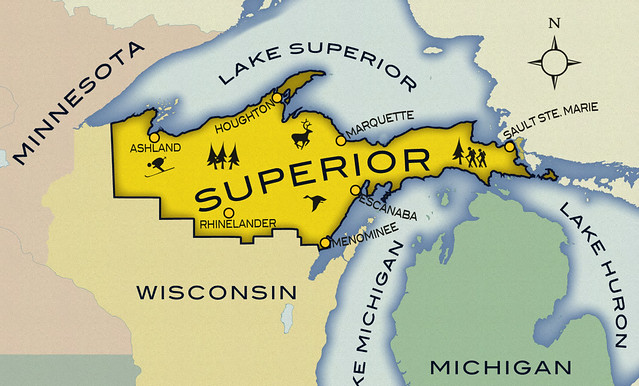Tonight I filed my final grades for the online history course I taught this fall at Metropolitan State University, a public commuter school based in St. Paul, Minnesota. Owing to their administrative chaos and budget cuts and to my own lack of time (energy, interest…), this is probably the last course I’ll teach for them, and thus probably the last course I’ll ever teach.
I can’t say that I’ll miss teaching, really, but it’s been a good run. I started my history-teaching career in 1999 by serving as a teaching assistant while in grad school at Northwestern. Altogether, I served as a TA in three courses and taught one of my own in 1999 and 2000. No “teaching” I’ve ever done was more terrifying than that first lecture delivered as a TA to a giant auditorium full of undergrads.
After Shannon and I moved back to Minnesota for her first post-grad school job, I taught at least four classes (or was it six?) at the University of St. Thomas in St. Paul in 2001-2002, while simultaneously working on my dissertation. The first meeting of my first class at St. Thomas was postponed because of 9/11. I commuted to that job from our apartment in the western suburbs – my only real experience with hard-core car commuting. (#hatedit)
When my one-year contract at St. Thomas ended, I signed on to teach history courses with Metro State – always only one per term, and always one of two or three U.S. history survey courses. I was by then working full-time in an academic support job at a different university in Minneapolis while finishing my dissertation. At first I taught “bricks and mortar” courses in the evening at Metro State’s branch campus in Minneapolis – four courses from fall 2003 to summer 2005. I remember waiting amidst the bar-hoppers on Hennepin for my bus back home – first a late express (or was it a ride from Shannon?) out to the ‘burbs, then, after we moved into the city, a local to our new house.
When I took my new job at Carleton in 2005, we saw that we (Shannon and baby Julia and I) would need to move to Northfield, so I volunteered to help launch the department’s online courses. I developed online versions of two of my courses: a global history of World War II and U.S. history since 1865 through the lens of science and technology.
These, I’ve been teaching in rotation ever since – spring, summer, and fall, year in and year out, with the occasional term off. All together, I’ve taught them 25 times: 12 editions of the World War II course (which I really liked) and 13 editions of the U.S. survey (which no). Though I never learned to love the online format, and never had the time to master it, I think I did some good teaching – as good as I could while also adjusting to and getting good at a new full-time job, starting and adding to a family, moving to and getting settled in a new community, and getting hooked on bikes.
My Metro State students were fascinating. About half of each course’s enrollees were “traditional age” undergrads – say, 18 to 25. The other half were adults who were “finishing their degrees,” often years after starting them. Once, I taught someone who had served in the Korean War, and I had numerous Baby Boomers who offered their first-hand perspectives on the historical events, people, and trends we were studying.
Though most of my students lived in the Twin Cities or at least in Minnesota, a few every term were doing the course from elsewhere in the country or the world, including a few soldiers in some very remote locations. True to Minnesota, I had a lot of Andersons, Olson, Carlsons, and Larsons as well as many Hmong and Somali students – though, interestingly, very few Latino/a students. In one course, I had three Hmong women with exactly the same names – first and last (They were unrelated.) Regardless of background, virtually all of my students were working full-time while engaged with the courses, so we had that in common.
Figuring 30 students per course, I’d estimate I’ve taught about a thousand undergrads since my first course at St. Thomas in fall 2001. Yeah, it’s been a good run. I’m not sad to be at the finish line.


















